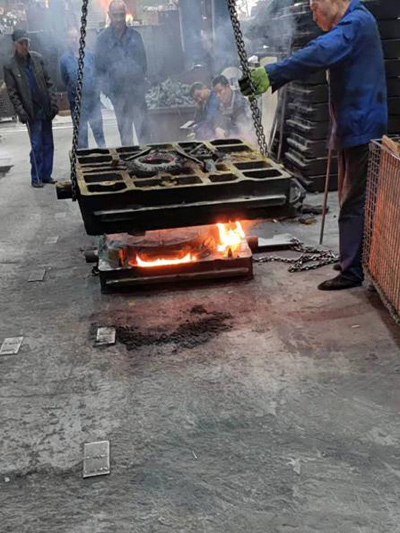

The final stage involves removing the casting from the sand mold, a process known as shakeout. Expertise plays a critical role as this stage often reveals flaws that were not visible before. Experienced professionals execute post-processing techniques like shot blasting or machining to achieve the desired surface finish. Trust in the process is heightened when post-casting treatments enhance the product’s usability, especially in critical applications where surface imperfections could lead to performance failures. Foundry sand casting is more than just a process—it's a craft honed over centuries, refined by technological advancements and scientific understanding. Today's foundry professionals are not mere artisans; they are skilled engineers combining traditional techniques with modern technology, embodying the principles of Experience, Expertise, Authoritativeness, and Trustworthiness. Their invaluable experience bears witness to a lineage of craftsmanship that steadfastly meets the evolving demands of the manufacturing sector. In the competitive landscape of manufacturing, the foundry sand casting process stands out for its cost-effectiveness and ability to produce complex geometries. It's a testament to engineering ingenuity and skilled expertise. By leveraging insights from seasoned professionals and adhering to stringent quality controls, manufacturers can assure clients of the highest standards in production, thus reinforcing the trust in and authority of their brand in the market. Understanding the nuances of the foundry sand casting process not only empowers those involved but also instills confidence in those who rely on its products. It reflects an evolution of both material and method—crafted by hands but guided by minds that respect the rigor and science behind this essential manufacturing tactic. As industries advance, the fusion of tradition with innovation in sand casting will undoubtedly continue to be a pillar of modern manufacturing, upholding the highest benchmarks of Experience, Expertise, Authoritativeness, and Trustworthiness. Post time:Fév . 06, 2025 05:05
Next:ceramsite foundry sand
